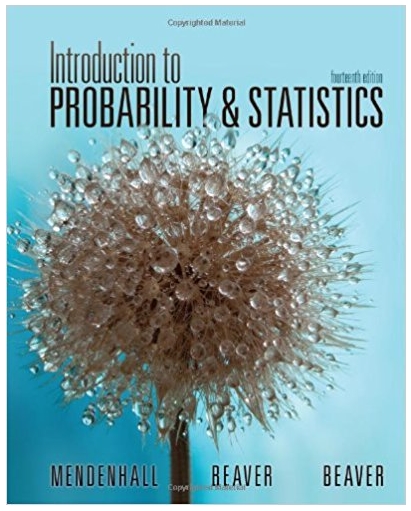Very often, at the end of an exam that seemed particularly difficult, students will ask the professor,
Question:
1. If the average C grade is centered on the average grade for all students, and if we assume that the grades are normally distributed, how many standard deviations on each side of the mean will designate the C grades?
2. How many standard deviations on either side of the mean will be the cutoff points for the B and D grades?
A histogram of the grades for an introductory Statistics class together with summary statistics follows.
-2.png)
-3.png)
For ease of calculation, round the number of standard deviations for C grades to ±.5 standard deviations and for B and D grades to ± 1.5 standard deviations.
3. Find the cutoff points for A, B, C, D, and F grades corresponding to these rounded values.
4. If you had a score of 92 on the exam and you had the choice of curving the grades or using the absolute standard of 90-100 for an A, 80-89 for a B, 70-79 for a C, and so on, what would be your choice? Explain your reasoning. Is the skewness of the distribution of grades a problem?
The word "distribution" has several meanings in the financial world, most of them pertaining to the payment of assets from a fund, account, or individual security to an investor or beneficiary. Retirement account distributions are among the most...
Step by Step Answer:

Introduction To Probability And Statistics
ISBN: 9781133103752
14th Edition
Authors: William Mendenhall, Robert Beaver, Barbara Beaver





